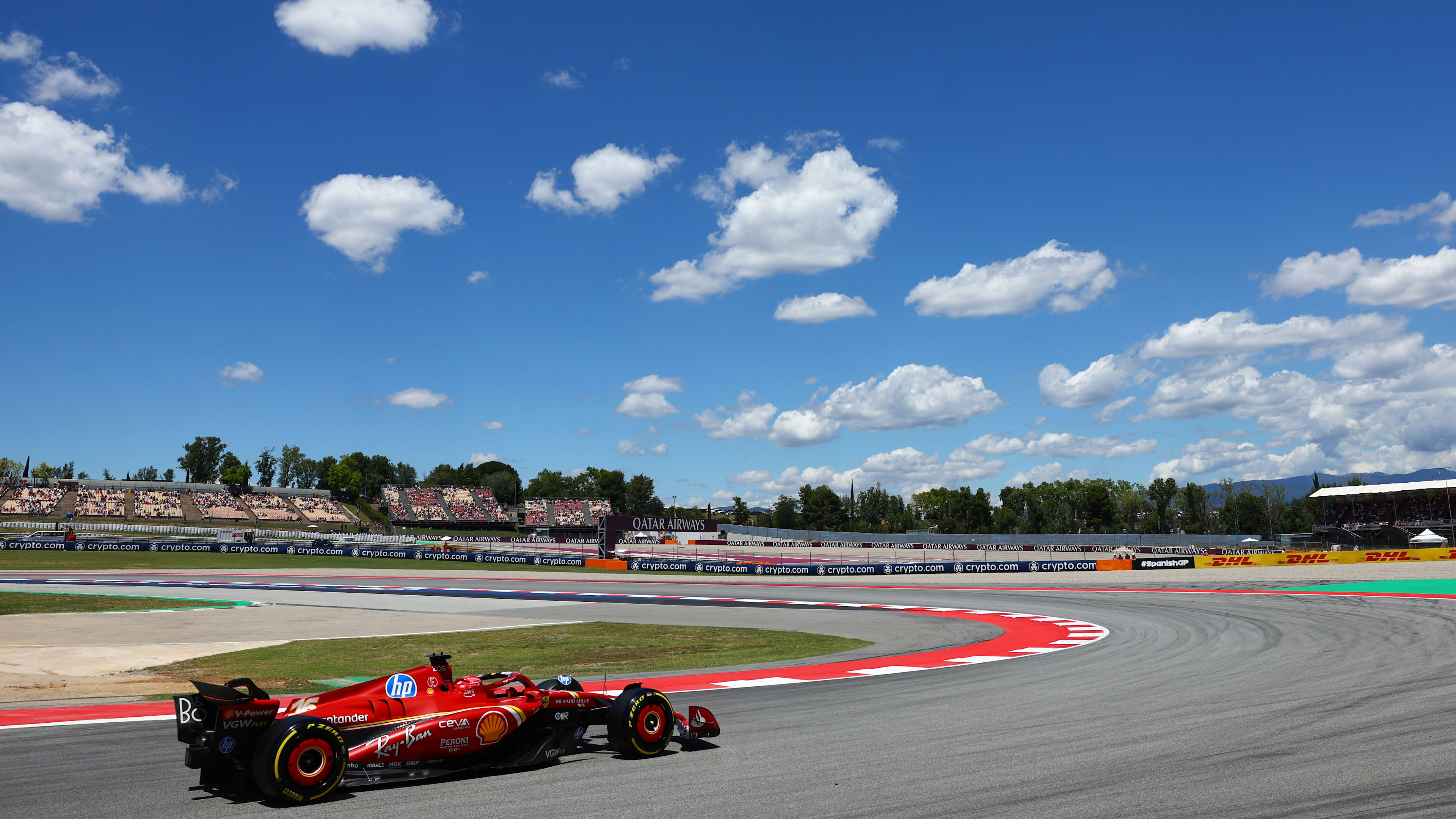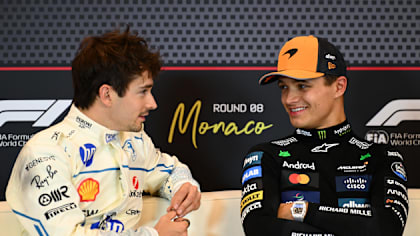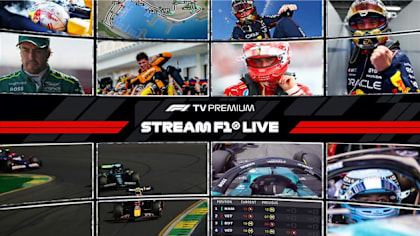Feature
2021 vs 2022: What’s changed on Formula 1’s all-new cars for this season

Share
You have probably already heard the 2022 regulations being described as a game-changer, a new era, or a big departure from what has gone before, but do you actually know what has changed this year?
In case you don’t, we thought we’d run through the key features of the 2022 cars that are different compared to 2021, and why those changes have been made, as we prepare for pre-season running to get under way at the Circuit de Barcelona-Catalunya.
Front wing
There are plenty more changes after this one, but the front wing is a crucial part of any F1 car, as it is the first point of contact for the air and directs the flow across the rest of the aerodynamic surfaces, so a change here has a big impact.
READ MORE: Why have the F1 teams taken such unique design routes – and what are the big differences?
The 2022 front wing is designed to be much simpler than its predecessor, with much higher endplates but less complex elements. The key aspect comes from the removal of the gap between the nose and the elements themselves, which is designed to eradicate what’s known as the ‘Y250 vortex’.
The Y250 vortex is the series of spinning air vortices that were created by the inner tips of the previous elements (nearest the nose) that would then direct this air towards the bargeboards and away from the floor. That would keep the airflow to the floor clean, but it meant you created very disrupted air for the car behind, which would then struggle to create those vortices, reducing performance.
By changing the way the front wing works with simpler elements right up to the nose, the Y250 vortex disappears, and should make it easier to follow another car.
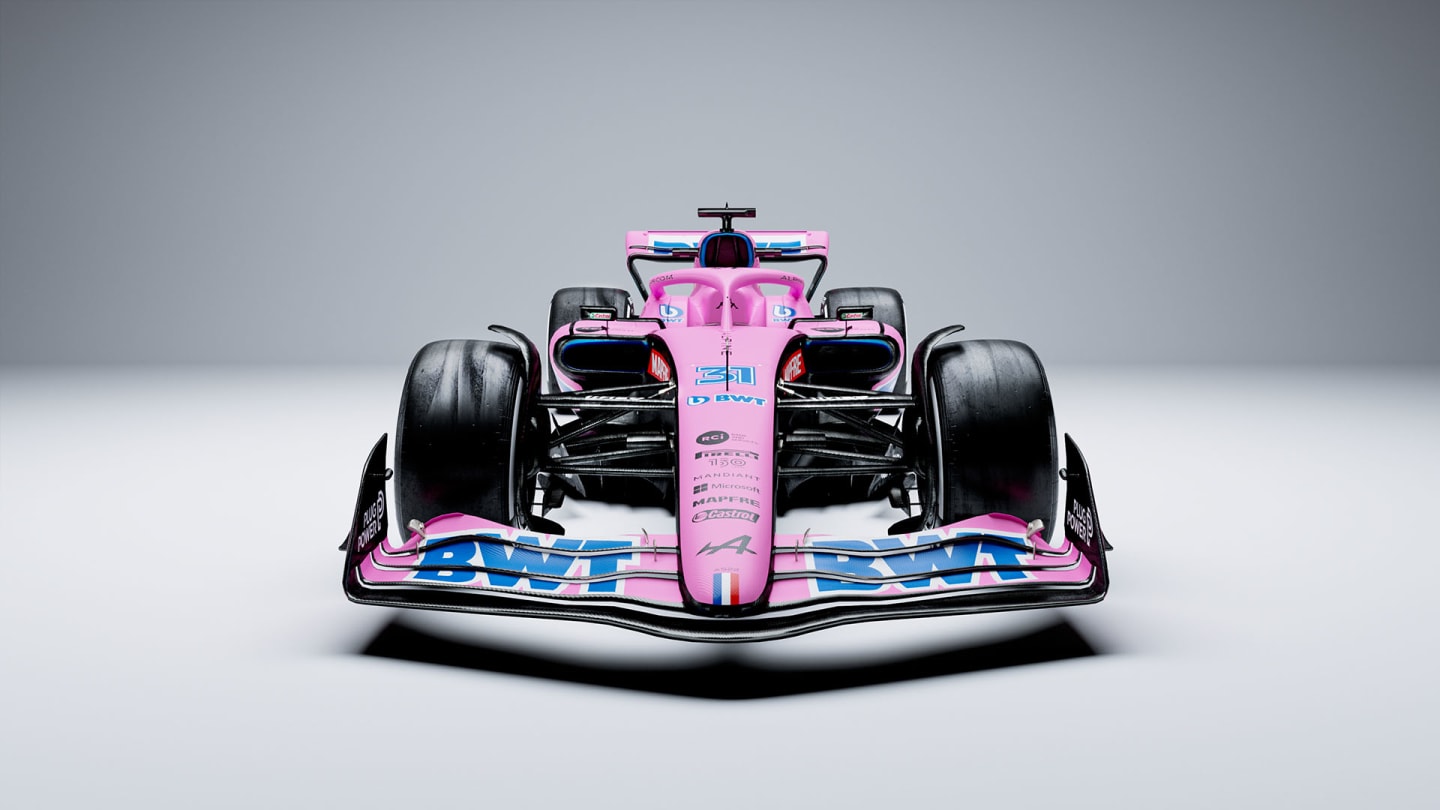
The front wings have been simplified for 2022
Rear wing
If we keep the theme of vortices running, that’s why there have been so many changes to the design of the rear wing, too. With two elements that then form a continuous line with the endplates (curving to join them rather than meeting at sharp angles), the shape reduces the amount of air spinning off at the corners of the wing and creating a wide wake of dirty air.
ANALYSIS: Have Alpine discovered an aerodynamic sweet spot with distinctive A522?
While this makes the rear wing less effective in terms of creating pure downforce, the addition of a beam wing for the first time since 2013 works in conjunction with the airflow coming off the floor, which compensates for that loss of downforce by creating more performance from the underside of the car.
Cars of this level of performance are always going to have a major impact on the air passing through the aerodynamic elements, but the wing’s shape also pushes the disturbed airflow high into the air and above a following car to allow more clean air to reach the car behind.

Williams' rear wing on the FW44
Floor
The front and rear wings might be obvious changes when looking at a 2022 car, but the floor will now play an even bigger part than in the past, even if it’s largely unseen underneath.
TECH TUESDAY: How the rear wing of the 2022 car has been designed to be an F1 gamechanger
Both the shape and concept of the floor has changed, with the airflow far more controlled underneath the car by virtue of two fully shaped underfloor tunnels. This means ground effect is in play – the tunnels creating specific small areas for the air to pass though, causing the air to accelerate and create low pressure that pulls the car downwards towards the track – which increases the performance of the floor compared to 2021 (when the floor had to be flat) and better disperses the air that then reaches a following car.
As pointed out with the rear wing changes, the aerodynamic performance of the aerodynamic elements you can see on the top of the car has been reduced, but the influence of the underbody increased, meaning a greater proportion of performance comes from the floor. The end result is any dirty air hitting the front wing of the car behind should have less of an impact.
Top 5 changes to the 2022 car
Wheels
Back to an area where you can see a visible change, the wheels are completely different this year. Gone are the old 13-inch wheels and in come the 18-inch rims – with low-profile tyres from Pirelli to match – that move the whole concept closer to what you would see on a performance road car.
Alongside this change, wheel covers have been re-introduced for the first time since 2009, but have to be far more simple than some of the covers that were developed by teams in the mid-2000s. Then, teams were using complex designs for aerodynamic performance, whereas now the intention is to limit the aerodynamic inefficiencies that the wheel and tyre can create while cleaning up airflow in general.
IN NUMBERS: The staggering stats behind the development of the all-new 2022 car
As the front wheels create significant wake (disrupted air), small winglets are also being permitted for the first time, which curve over the wheels from the inside, similarly aimed at ensuring clean airflow.
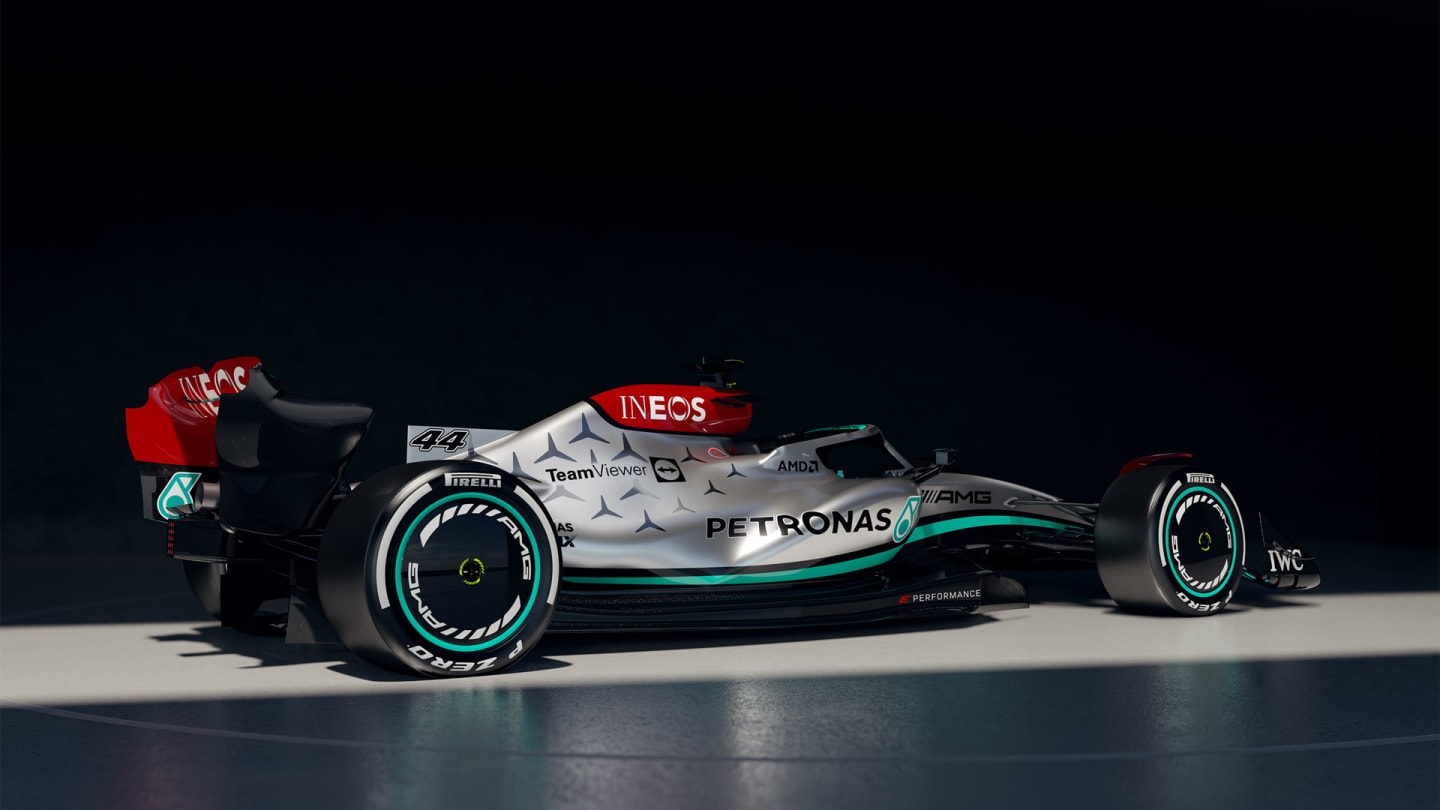
Wheel covers return for the first time since 2009
Bargeboards
An even more obvious departure from the past regulations is the removal of the bargeboards that would sit at the front of the sidepods and direct airflow around the outside of the car.
In conjunction with the old front wing, these elements were previously designed to push the air as far outboard of the car as possible, allowing the best aerodynamic performance from the rear end and diffuser. However, that created a low, wide wake of disrupted air that had a major impact on the car behind.
READ MORE: 5 things to watch for when 2022 pre-season running begins in Barcelona
Bargeboards of this kind are no longer permitted, as the whole side of the car has been cleaned up as underbody performance is prioritised – although a slight change is the return of cooling louvres on the bodywork of some cars.
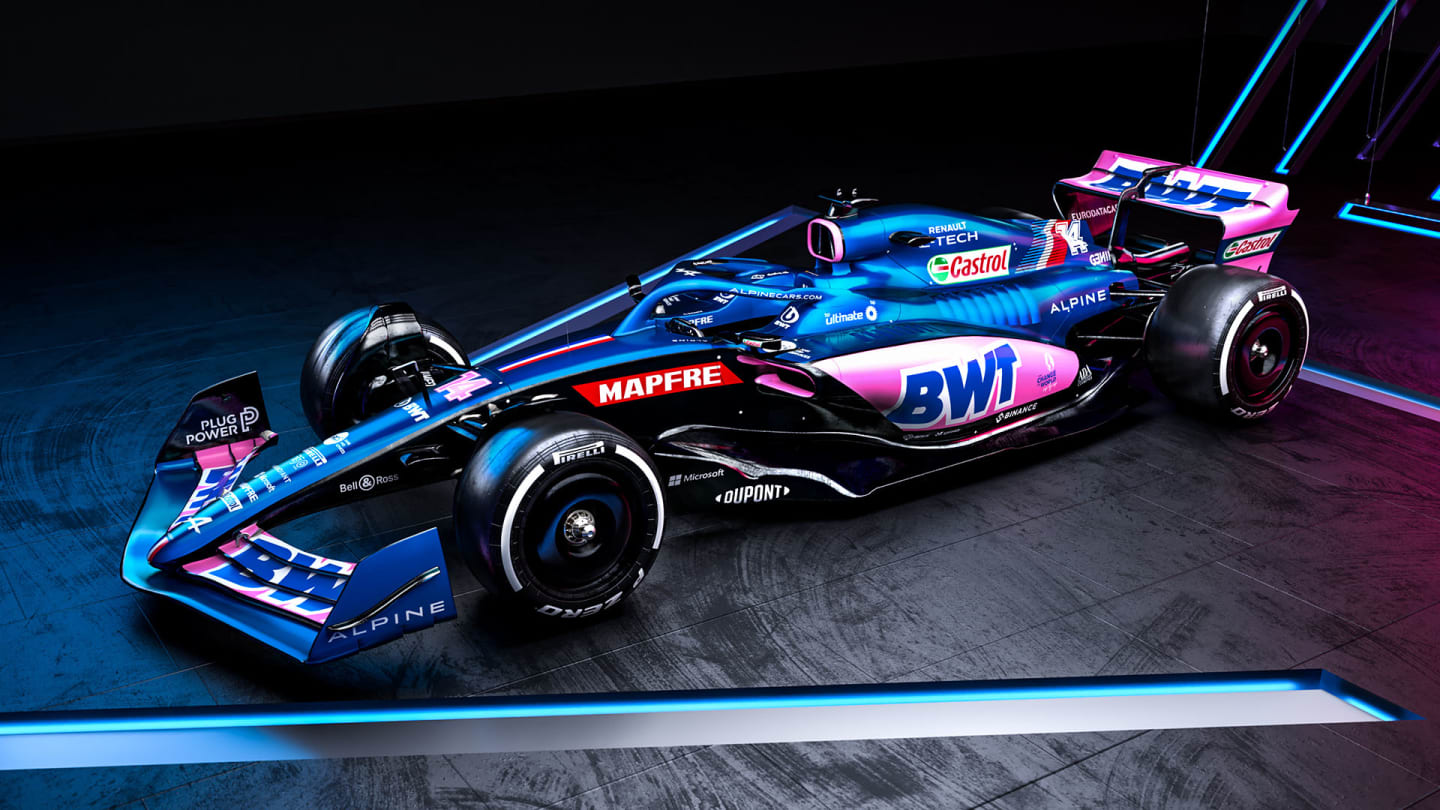
Bargeboards have been outlawed for 2022
Fuel
In line with changes in some countries when it comes to fuel regulations for road cars, the fuel teams will be using has evolved to be more sustainable.
Previously, F1 teams could use fuel that was made up of 5.75% bio-components, but from this year there will be a switch to E10 fuel. The E stands for ethanol – the bio-component all teams must use – and 10 refers to the percentage of the fuel, so E10 fuel means 10% ethanol.
The ethanol has to be second generation and made in a sustainable way – as part of the sport’s drive to introduce a fully-sustainable fuel in future – and the upshot is a very different way of the fuel interacting with the power unit.
It will have an impact on performance, with Mercedes power unit boss Hywel Thomas saying: “The change this year to go into the E10 is probably the largest regulation change we've had since 2014… it shouldn't be underestimated how much work that took.”
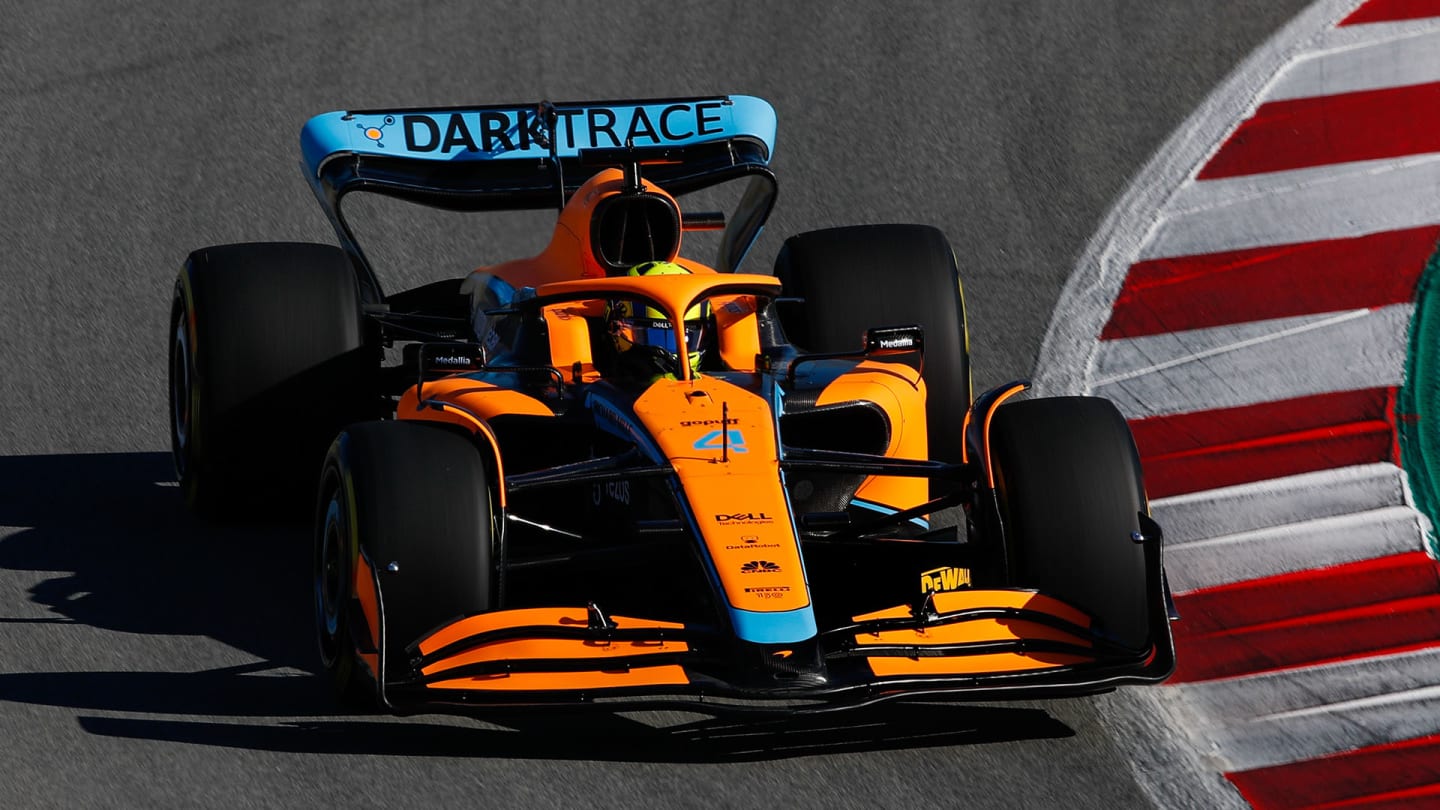
The cars will be running on E10 fuel
Chassis
There is an overall increase in car weight as a result of the bigger wheels, but also improvements in safety requirements from the chassis itself.
Compared to the 2021 car, the chassis needs to be able to absorb 48% more energy in the front impact test, and 15% more in the rear, while there is also an increase in the demands that it must withstand from the static ‘squeeze' tests. All of these requirements must be achieved by teams in order for the chassis to be homologated to run on track.
WATCH: Everything you need to know about the new 2022 F1 car
The nose section is also longer to help dissipate energy in a crash, while lessons learned from Romain Grosjean’s accident in Bahrain in 2020 have led to a design that should see the power unit detach from the chassis without exposing the fuel tank in the event of an incident.
More on the 2022 Formula 1 car launches
- 'Brave' Ferrari are riding high on confidence as they hunt for championships
- Massive variation and ingenious solutions – What we learned from the first week of 2022 launches
- ANALYSIS: Williams forge their own path with FW44 design
- ANALYSIS: The intriguing design features on Aston Martin’s new AMR22
- Can Williams make another step forward in 2022?
- ANALYSIS: The fascinating design features – and Red Bull cues – on AlphaTauri’s AT03
Share
YOU MIGHT ALSO LIKE
TechnicalF1 Unlocked TECH WEEKLY: The impressive McLaren feat that allowed them to beat the heat in Monaco
Feature BETTING GUIDE: Who are the favourites as F1 heads to Spain?

Video WEEKEND WARM-UP: McLaren look the team to beat but Verstappen aims to keep winning run going in Spain
News How to stream the Formula 1 2025 Spanish Grand Prix on F1 TV Premium
